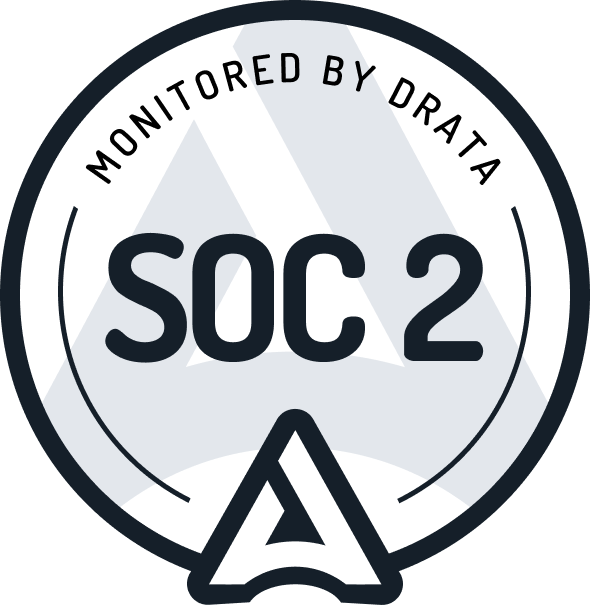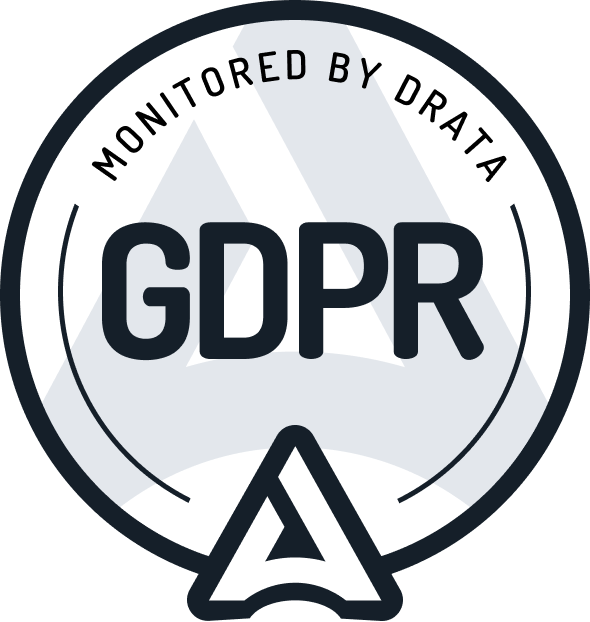
How to write a good blog for your community, not Google
Get notified when customers mention you online - with Crowdlens
Have you ever read an article and enjoyed it so much that it really stuck with you? Or did it inspire you to start writing yourself? Creating a great blog is not easy. However, with some practice, you can get there. We have gathered ten tips to improve your blogging skills to help you grow your community and eventually your business .
1. Find a topic your community will love
Before you start writing, you have to have a clear line in your mind: What do you want to write about? What does your community want to read? What topics are of value to them? After publishing different blogs, you can track down the most viewed ones. Find common ground, and turn it into a series.
Don't forget to write all your thoughts down in an organized way. Use Excel sheets, Google docs or Notion to keep track of future and past ideas. If you have no clue what you want to write about, you can also use tools to look for blog ideas related to your topic. They help you foresee trends and discover niches. Keep in mind the topic has to be connected to your brand or business.
Here are three great tools for getting inspiration:
- Overview over the most frequent researched questions on Google and Bing
- Suggestions for content ideas
- Simple visualization of the data
- Content analyzing tool
- Displays trending content ideas
- Helpful for content research and planning
- Free keyword planner
- Suggestion for keywords
- Valuable data about keywords
- Analyze search trends on google
2. Write a knock-out headline
Before you start writing your blog, you need a guideline to stay on track—your headline. You can start with a working title, which is only temporary, and replace it with an improved blog title later.
You should invest time creating a catchy headline since it is the first thing your audience sees. A reader will only take about 2 seconds to decide if he wants to read your blog or not. Here is some advice on what to avoid with headlines:
- Don't offer a solution: Make your reader curious, but don't give away all the information right away. Reading your article will otherwise provide no additional value for your community anymore.
- No clickbait: Luring people under false pretenses to read your blog will have the opposite effect. They will hit the back button and never return. Don't promise information that is not in the blog. The headline must be fully in line with the content.
- Trim it down: Less is indeed more. Don't use words that add no real value. Generally speaking, shorter headlines are perceived better than lengthy ones.
- Don't be too smart: It should be obvious what the article is about. Don't try to sound too clever or use "smart" metaphors. Make people want to read your blog.
- Stay consistent: When you write a blog, consistency is key. Try to use the same style and length in all of your headings.
3. Create an organized outline
After finding your topic and generating a headline, organize your blog structure by creating an outline. You need a coherent plan to put your ideas together and turn them into a finished product. An outline structures your ideas cohesively so you don't get fiddled up in your thoughts.
Separate your blog into multiple sections. The trick is to organize it so that readers are not intimidated by the length of the blog. The clearer and more straightforward your outline is, the better your blog will be structured. You shouldn't write a blog in one sitting. The outline helps you to keep track of what information is still missing.
4. Make a bad first draft
There is a general misconception that your first draft should be good. It is only temporary. Write freely and get the words out. You might get frustrated in the beginning. Ignore the impulse to start over again and keep on going. Following your outline helps you to keep on track.
Don't try to sound too articulate. It might seem unnatural and difficult to read. Write as you talk. It makes it easy to read and gives the reader the impression he is having a conversation rather than reading an exhausting blog.
Suppose you get easily distracted. Set yourself a timer. Start with 30 minutes where you only focus on writing and fade out everything else. After the time is up, take a break and start the timer again.
When you are done with the first draft, you can polish it, go over it, and refine it.

5. Be aware of beginnings and endings
The introduction is of similar importance as the headline. After hooking the reader, you have to reel him in. Try to make each sentence flow into the other one. Most important - focus on content. If the information is not adequate, your reader will not read more and leave.
The same goes for the ending. Don't drop the ball there. Due to primacy and recency effects, your audience will remember your blog's first and last part the most. If your ending is dull, your reader remembers your entire blog as boring and will not read future ones. Last but not least, don't add new information at the end. A lot of writers tend to make this mistake. The ending is supposed to summarize the main points and not overwhelm the reader with even more content.
6. Segment your information
Nobody wants to read ten pages of raw text. Try to make it as visually appealing as possible. Use bullet points, tables, memes, pictures, gifs. What you fail to express with words you can easily do by including a fun image. It breaks with the monotony.
You can be the greatest writer on earth, but if you overwhelm your readers with a giant wall of paragraphs, they might be turned off to read your great piece of content in the first place.
Make it scannable! Readers don't read an entire blog thoroughly. Just think about yourself. You probably scan a blog for helpful information first as well. Here are a few ways to make your blog scannable:
- Use subheadings: Sprinkle subheadings every few paragraphs. Keep your form and length consistent.
- Write in short sentences: Beware of lengthy sentences. They are often too complex.
- Keep paragraphs short: Recommended length of a section is about 3-4 sentences.
- Use bullet points: It makes your message clearer and easy to read.
7. Add a feature image
Readers won't spend too much time thinking about clicking on your post. Therefore the feature image and the headline have to hook them.
Formula: Headline + feature image + 2 second eye contact = Click or not click on your post
Use a visually appealing picture, graphic or animation. You can find those for free use on Unsplash or Pixabay. Don't forget to credit the original creator and add a description. If you want to edit your pictures, you can use Figma or Canva.
8. Review your content and grammar
Even if you are a great writer, you have to check for grammar and spelling mistakes. Already one spelling error makes you seem less reliable and discredits your work.
Invest some money in software like Grammarly. It corrects grammar mistakes, checks for plagiarism, provides you with synonyms and rephrases sentences to enhance the reading flow. Just to name a few of its many features. There even is a free limited version if you don't want to spend money on the premium version.
Our advice would be to save this step up for last when you genuinely have the finished version of your text. Otherwise, it will take an unnecessary amount of time to adapt the text simultaneously to writing your blog.
9. Take a break and edit later
You need some distance to have an objective and unbiased overview of your finished work. Wait at least a day until you review your finished blog again. Reading it aloud is a great way to find mistakes or paragraphs that might sound bizarre.
The key to a good blog lies in the editing part, so take time to review your work. It helps if you edit not the entire text at once but go section by section. Then, once one paragraph is definitely finished, take care of the next one.
An editing checklist can also be helpful. Did you already check …
- Spelling errors?
- Punctuation and capitalization?
- Inserted links correct?
- Reliable sources?
- Edited pictures?
10. Post at the right time
It all comes down to timing. Try to reach your readers when they are most open to reading your content. Depending on where you live, you have to take the time and the day into account. For us, weekdays, especially Monday- Thursday, work best. Also, mornings or noon work better than evenings or nights. During Fridays, everyone is already on weekend mode and therefore not in the mood to read anything anymore.

Key takeaways
What to keep in mind? First, think about what your community wants to read. Next, look at what your competition is doing and do it better. Then, find your niche and start writing.
Posting GOOD blogs regularly is one of the best time investments. You can make your personal brand strong and healthy in the long term. It helps you capture leads, grow your community size and ultimately your business.
Get insights to your inbox.
Once per month. No spam.


.png)





